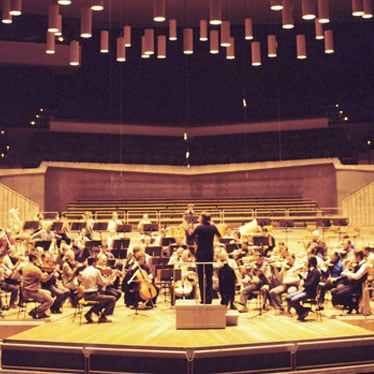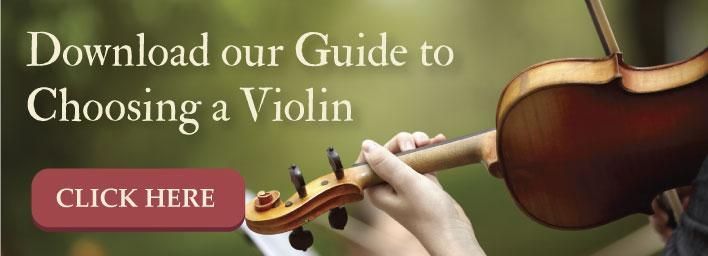How to Protect Your Hearing When Playing in an Orchestra or Band

According to the Hearing Health Foundation, normal conversation has a decibel (dB) level of sixty. A symphony orchestra runs around 110 dB, same as a jackhammer. No wonder that as many as 50% of musicians suffer from a hearing problem.
Sound enters your ear as vibrations. The higher the decibel level, the stronger the vibrations. Tiny hairs in your ears are the nerve receptors that communicate sound to your brain. Consistent exposure to the strong vibrations of high decibels irreparably damages these tiny hairs. It doesn’t matter how lovely the sound may be. If it's loud, it can impact hearing.
A single, large explosion of sound can also damage hearing. Thus, a person's proximity to the sound also affects the decibel level. If a symphony orchestra can generate 110 dB for an audience. Imagine what individual musicians are hearing
For instance, check out Gustav Holst's The Planets - Mars, the Bringer of War, performed by Chicago Symphony Orchestra.
Regular exposure to loud music can cause hearing loss or conditions, such as tinnitus, that interfere with hearing.
Blocking out the sound
Orchestras have tried various methods to reduce decibel levels. These include physical means to reduce noise, such as use of sound baffles and plexiglass partitions. They've also experimented with wider spacing among musicians and rotating seating. All these methods have their drawbacks, including not actually reducing decibels.
On an individual level, musicians can use different types of ear plugs. Regular, foam earplugs don't do much for someone regularly exposed to loud music. Musician's earplugs are designed both for musicians and concert-goers. You can find them for under $30.
Yet, most of these earplugs won't provide a complete seal on your ear canal. That means, some unmuffled sound is still getting in. You can buy musician's earplugs customized to your ear canal. Customization raises the price of the earplugs to the $300 range. If you're a music teacher or student who's exposed to high decibels on a daily basis, they may be worth the price.
Two other options are electronic earplugs and in-ear monitors.
You can program electronic earplugs to filter out certain frequency levels. Thus, you can adjust them based on specific environments and instruments. This flexibility can be helpful if you play in a variety of circumstances. You can use different settings for practice, ensembles, rehearsals, and full orchestral performances. Electronic earplugs run a few hundred dollars.
In-ear monitors are high tech systems used by professional musicians and sound engineers. They can cost into the thousands of dollars. Users can program, to minute precision, what sounds can enter their ears and which cannot.
Steps you can take to protect your hearing
The place to start is to get a baseline test of your current hearing range. Generally, the higher the frequency, the more difficult it is to hear. Use future hearing tests to determine if your hearing loss mitigation plan is working.
Then, start using the earplug option that works best for you. Consider how often you're exposed to loud music and which provides the flexibility of protection you need. Then test out different brands and models to find the one with the best balance of what you can and cannot hear.
Other steps to include:
- Wear your earplugs even when you're only listening during rehearsals, not playing.
- If possible, don't sit among the musicians playing during a rehearsal when you're not. Try to find some physical separation to reduce the sound level reaching you.
- Use your earplugs even when practicing or rehearing alone. Violins decibel levels fall between 84 and 103. The vibrations and decibels coming from the violin right by your ear will be on the higher end.
- Protect your hearing at all times. This means checking how high the volume is in your earbuds when you stream music off your phone. Wearing earplugs as an audience member. Remember - most noise-induced hearing loss is the result of consistent exposure.
Lovely music at high decibels can still be destructive. Noise-induced hearing loss isn't just a concern for rockers and thrash music lovers. You'll protect your hearing and your music career by taking hear loss prevention seriously.


